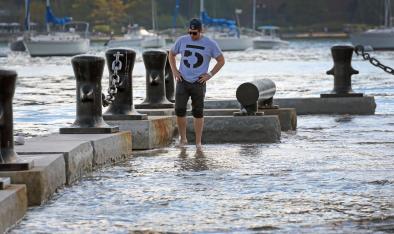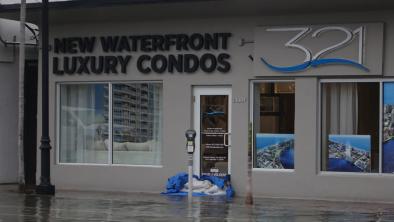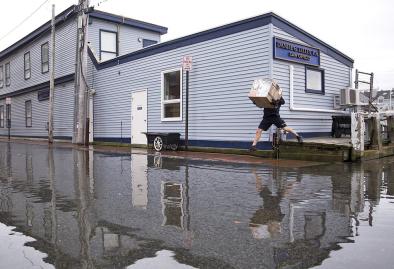Science Source
The rising tide: assessing the risks of climate change and human settlements in low elevation coastal zones
- Undertakes the first global review of the population and urban settlement patterns in the Low Elevation Coastal Zone (LECZ), defined here as the contiguous area along the coast that is less than 10 metres above sea level
- States that, overall, the Zone covers 2 percent of the world's land area but contains 10 percent of the world's population and 13 percent of the world's urban population
- Finds a disproportionate number of the countries with a large share of their population in this zone are small island countries, but most of the countries with large populations in the zone are large countries with heavily populated delta regions
- Finds, on average, the Least Developed Countries have a higher share of their population living in the zone (14 percent) than do OECD countries (10 percent), with even greater disparities in the urban shares (21 percent compared to 11 percent)
- Finds that almost two-thirds of urban settlements with populations greater than 5 million fall, at least partly
Related Content
Headline

Nov 17, 2016 | The Boston Globe
King tide flooding is a preview of the everyday norm we can expect due to global warming
Headline

Nov 16, 2016 | South Florida Sun-Sentinel
'Unfortunately, we live in paradise:' With king tides, waterfront residents take the bad with the good
Headline

Nov 16, 2016 | The Boston Globe
King tides are back, thanks to the supermoon
Headline

Nov 16, 2016 | The Portland Press Herald
Portland gets minor flooding at supermoon-influenced high tide


